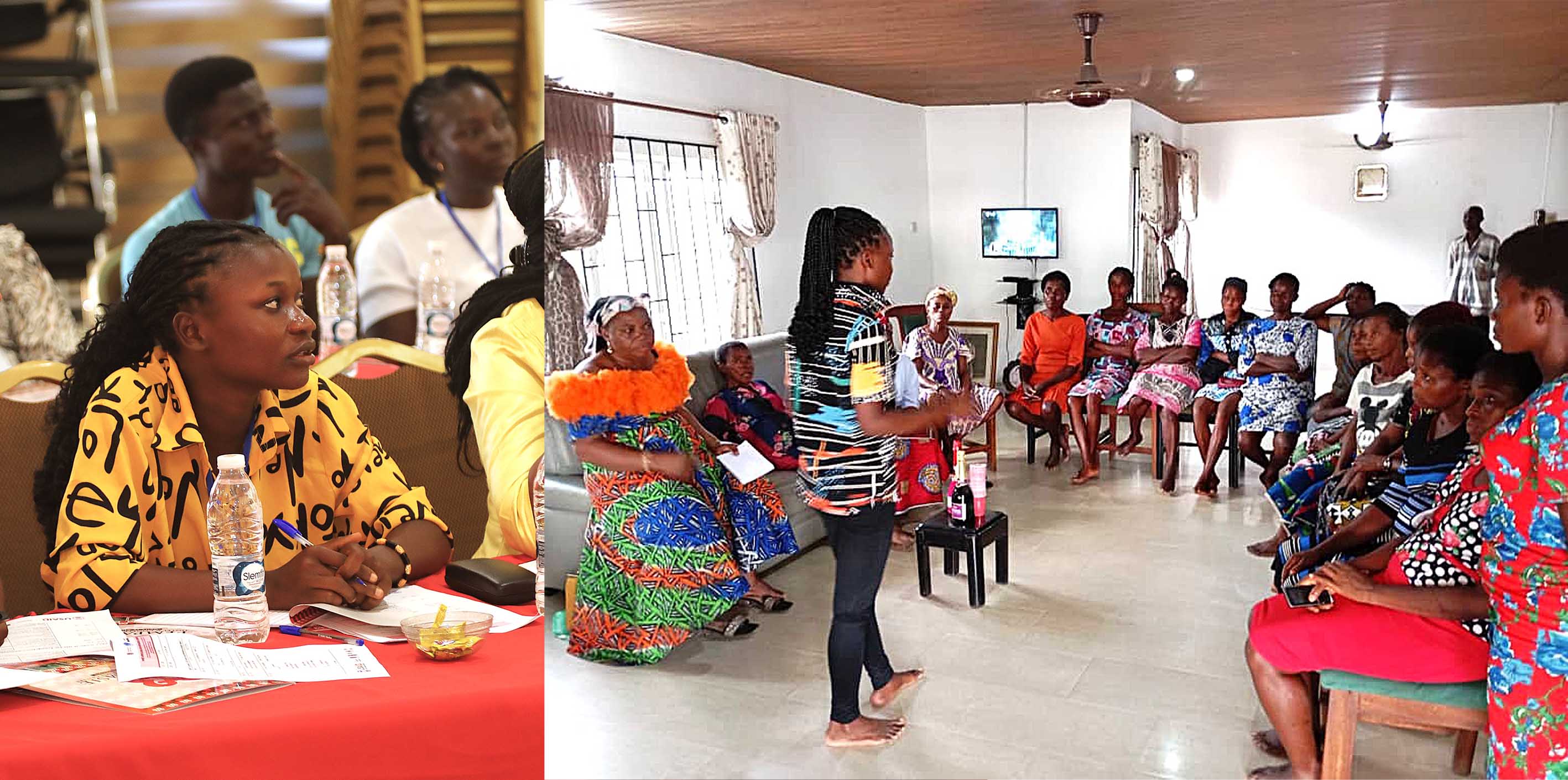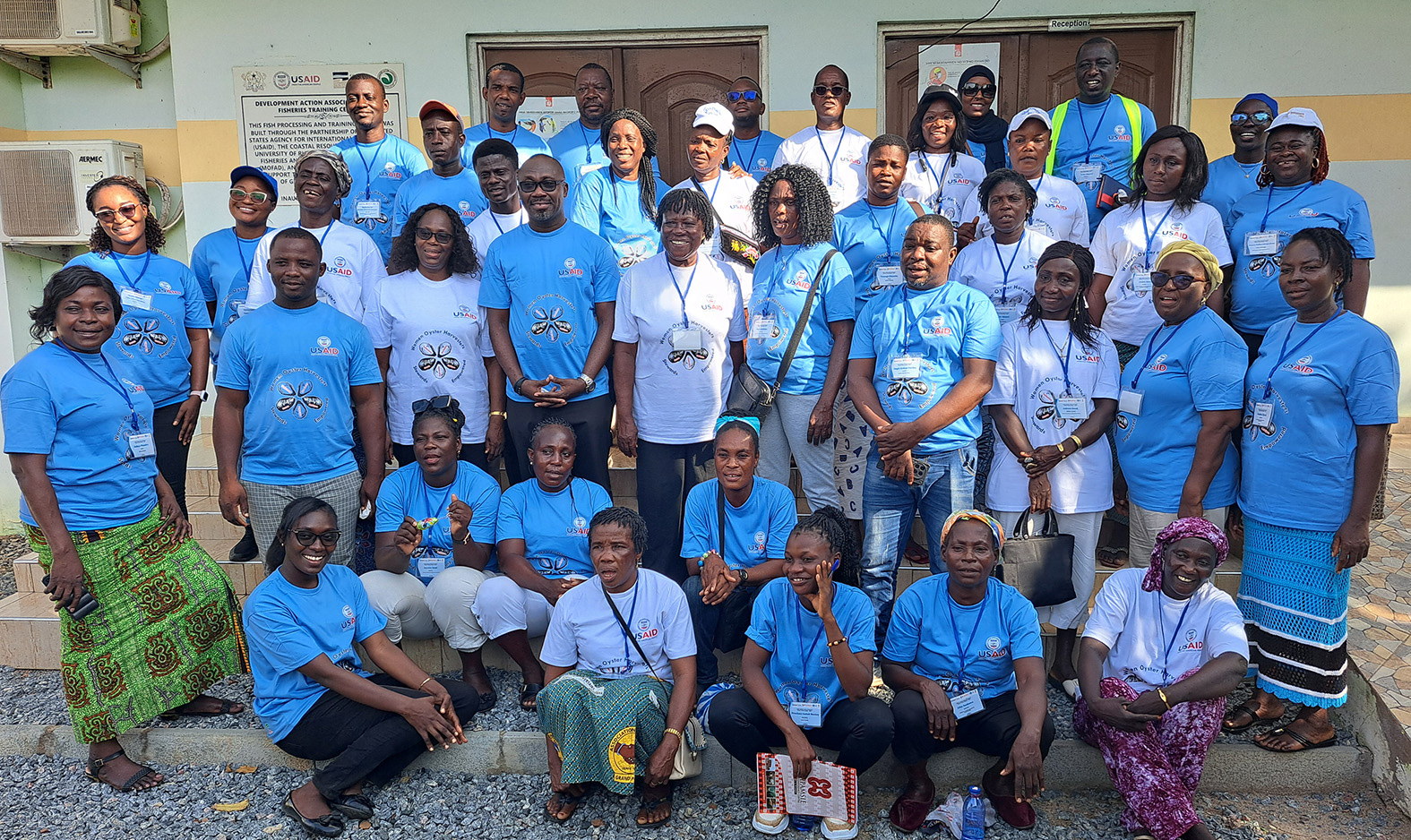Country
Profiles
Country
Networks
Country
Associations
Nigeria
Overview
Nigeria, a West African country with a population of about 210 million people is located between latitude 4º and 14º North of the Equator, and between longitudes 2º2’ and 14º30’ East of the Greenwich meridian with a total land and water area of 923,768 sq km. It is bordered in the north by the Republics of Niger and Chad, to the south by the Atlantic Ocean, to the east by the Republic of Cameroon and to the west by the Republic of Benin. The coastline of Nigeria is approximately 853 km long bordering the Gulf of Guinea, Atlantic Ocean, located between latitude 4o 10’ to 6o 20’N and longitude 2o 45’ to 8o35’ E. The terrestrial portion of this zone is about 28,000 km2 in area, while the surface area of the continental shelf is 46,300 km2, and with about 200 nautical miles Exclusive Economic Zone (EEZ) of 210,900 km2. The coastal area is low lying with heights of not more than 3.0 m above sea level and characterized by freshwater swamp, mangrove swamp, lagoonal mashes, tidal channels, beach ridges, and sand bars. Based on geomorphology, the coast can be divided into four distinct units; (1) the Barrier Lagoon which comprises of the Lekki and the Lagos Lagoons systems, originating from the Nigeria/Benin border to Ajumo village, (2) the Mahin transgressive mud coast which runs from Ajumo village to Benin River, (3) the Arcuate Niger Delta which runs from the Benin River estuary to Kwa Ibo River, and (4) the Strand Coast spanning from the Kwa Ibo River to the eastern border with Cameroon. The vegetation of the coast consists of herbaceous plants and shrubs such as raffia (Raffia hookeri, Raffia sudanica), oil palm (Elaeis guineensis), and coconuts (Cocos nucifera) found along the Barrier Lagoon coast, white mangrove (Avecinna nitida) and red mangrove (Rhizophora racemosa) that dominate the Mahin transgressive mud coast and the Arcuate Niger Delta, and ferns (Acrosticum aureum) and the introduced species of nypa palm (Nypa fruticans), which are becoming more abundant.| Basic Contextual Information | |
|---|---|
|
Country
|
Nigeria
|
|
Total land area
|
923,768 km²
|
|
Population
|
206 million (2019)
|
|
Percentage population living in/near the coast
|
19% (2006)
|
|
Gross Domestic Product (GDP)
|
448.12 billion USD (2019)
|
|
Human Development Index (HDI)
|
0.534 (158 out of 189)
|
|
Length of coastline
|
853 km
|
|
Fish consumption (as percent of animal protein)
|
40%
|
|
Anaemia prevalence
|
68.9% among under-five children 49.8% among women of reproductive age (15 - 49)
|
|
Estimated mangrove cover
|
689,417 ha (2016)
|
|
Estimated estuarine and mangrove ecosystem-based shellfish harvesters
|
39,340
|
|
Estimated women shellfish harvesters (percent)
|
67%
|
|
Estimated direct household beneficiaries
|
415,548
|
|
Number of coastal systems with mangrove-based shellfishing
|
7
|
|
Shellfish management regulations
|
--
|
|
Mangrove management regulations
|
--
|
|
Coastal ecosystems with shellfisheries identified in Ramsar sites
|
Apoi Creek Forests (29,213 ha), but largely freshwater wetland
|
The Nigerian mangrove ecosystem is among the largest in the world and largest in Africa, covering an area of approximately 6,894 km2 (Global Mangrove Watch, 2016; Adegbehin and Nwaigbo, 1990; Anon, 1995; Macintosh and Ashton, 2003). The importance of shellfisheries livelihoods, which include satisfying nutritional needs and creating employment, is demonstrated by the fact that in most cases the entire family participates in the whole value chain of the fisheries business. There is, however, a general dearth of reports on women’s participation in shellfisheries in Nigeria.
The current study assesses the scale and scope of shellfish and shellfish-based livelihoods connected with mangrove systems and coastal water bodies in Nigeria through a participatory approach. In total, this assessment involved 42 field survey participants, 22 of whom were women, while 20 were men, constituting 52% and 48%, respectively. Over 85% of women participants were of reproductive age, an important age group when considering the potential role of shellfish access in alleviating high anemia prevalence in the country (approximately 70% for children under five and 50% for women of reproductive age).
It is estimated that there are approximately 39,340 individuals involved in shellfishing along Nigeria’s mangrove coast, approximately two-thirds of whom are women. There are an estimated 415,548 direct beneficiaries of shellfishing harvest in Nigeria. These number figures are the highest by an order of magnitude across the 11 coastal West African countries in the assessment. Over one-third (40%) of women participants in this study are working across the entire value chain (engaged in harvesting, processing, trading, and consumption) in women-dominated shellfisheries, with another 60% working at the level of processing and trading in male-dominated harvest shellfisheries.
This indicates a somewhat vertically integrated value chain with women harvesters present at every node of some shellfish value chains and implies that value chain improvements at any of these nodes can directly benefit women harvesters, creating an opportunity to incentivise behavior change for sustainable resource management.
Furthermore, women engaged in the value chains of women-dominated shellfisheries report carrying out these activities as their sole means of livelihood, increasing the stakes of sustainability within the sector for women. Harvesting of shellfish is a mainstay of coastal livelihoods in Nigeria. However, the revenue generated from this sector has had little positive impact on the standard of living among these communities. This is perceived to be due in part to a lack of business management skills to maximise profits.
Resource users report wanting improved processing and storage facilities for improved product quality and increased shelf life. Shellfishing communities feel that the government or other agencies should provide modern storage and processing facilities to improve shellfisheries livelihoods of women. These individuals also reported wanting financial empowerment for women, including the provision of subsidised fishing gear, boats, and engines.
Shellfish processing is a primary driver of the harvesting of mangrove material in Nigeria. It was recommended that modernised processing facilities use other fuel materials to mitigate this threat. Lastly, there is an express need to facilitate the organisation of women shellfishers in Nigeria into groups and associations to build social capital and access tools such as financial assistance through grants and loans. None of the resource users nor the survey participants from government or academic backgrounds reported any awareness of laws applied to shellfisheries or mangrove systems in Nigeria.
Shellfish Association
Reports
-
-
The Estuarine and Mangrove Ecosystem-Based Shellfisheries of West Africa: Spotlighting Women-Led Fisheries LivelihoodsView Technical Report
-
Participatory Assessment of Shellfisheries in the Estuarine and Mangrove Ecosystems of NigeriaView Technical Report
-
Literature Review for the Participatory Regional Assessment of the Shellfisheries in 11 Countries from Senegal to NigeriaView Technical Report
-
West Africa Women-led Shellfisheries Co-Management in a Global Context: Case Studies From Africa, Asia, and South AmericaView Technical Report
-
Multivariate Analysis of the Theory of Change ModelView Technical Report
-
Presentations
-
No Presentations
Get started by creating a new presentation.
News, Stories & Conversations




